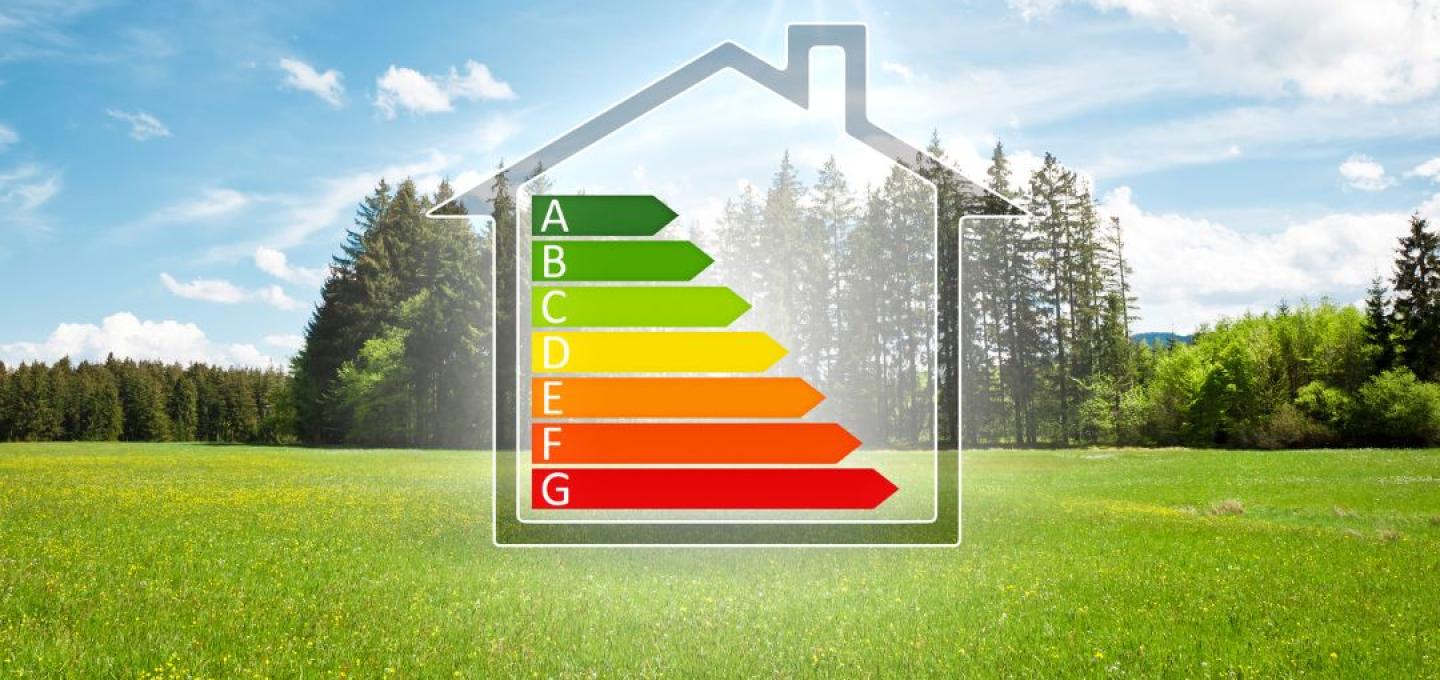
Energy Efficiency of SIP houses
Energy efficiency is an important aspect of construction. When it comes to buying a house or apartment, maintenance costs can be a decisive factor. With energy prices rising and people becoming more environmentally aware, buildings with SIPs are becoming increasingly popular. The demand is also driven by the high speed of construction. By combining precision manufacturing with modern insulation solutions, houses made of SIP panels have low heat loss. Besides, the construction of such houses contributes to environmental protection:
● It takes half as much wood to build a house like this;
● The panels are made from available raw materials, compared to conventional frames or wooden buildings;
● The insulation consists of 95% air, reducing the burden on the chemical and oil refining industries;
● In addition to saving on heating and ventilation costs, thermal efficiency of the panels reduces the use of solid fuels and harmful emissions released into the atmosphere;
● The technology generates minimal waste, thus reducing recycling and disposal costs.
This explains why the demand for the technology is constantly growing.
Construction Features
In addition to the primary panels, the house is made up of structural timber, and every detail, even the smallest ones, is securely fastened with professional screws and nails. This greatly improves the stability and durability of the building. Moreover, wooden structures are lightweight and at the same time very durable and reliable. For example, a wooden beam weighing 25 kg can support a weight of 10 tons. At the same time, to support a steel or concrete element, 40 kg and 150 kg of material are required.
In 2021, US experts from RESNET HERS evaluated more than 300,000 houses built using the SIP technology. The number is growing every year indicating a trend in the introduction of energy-saving technologies. Based on the HERS scores, it has been proven that the target efficiency indicators are superior to the standard values.
SIP Panels for Roofing
These structures can help to save on costs considerably and allow for the creation of unique spaces. Construction often experiences delays creating a domino effect. For this reason, it is worth combining the structural frame, insulation, and roof cladding into a single process. This will help to optimize the construction of the house and save money.
Based on a study by RS Means, it has been found that construction using SIPs reduces labor costs by up to 55% as compared to traditional construction methods.
The use of SIPs in construction reduces heating and cooling costs by 50-60%. Since 25% of the heat losses in a typical house occur through the roof, ensuring that this component of the structure is sufficiently insulated is crucial to reduce the amount of energy used for heating and cooling. Higher R-values, an airtight envelope, and a reduced number of thermal bridges result in less effort required to heat and cool the house. The R-value indicates the level of resistance to the conductive heat flow.
A SIP roof has a 15% higher density as compared to conventional structures. As a result, the air space and its quality are easier to control. The panels can be manufactured with different parameters of thickness. Insulating materials with a higher R-value create a more effective barrier between the temperatures outside and inside the house.
Advantages of SIP Construction
The use of such panels offers many advantages, which is why the demand for them is only growing with each passing year. The advantages include:
Lightness. The structure is lightweight, which reduces the load on the foundation. This means that the cost of construction materials required for the construction of heavy structures is reduced.
Feasibility. The panels can be used to construct walls and roofs, which allows for significant savings on materials. The perfectly flat walls save the time and money needed for interior wall finishing.
Space saving. The technology provides for the use of smaller wall thicknesses to achieve high energy efficiency.
Compatibility with other structures. A SIP panel can be used stand-alone. Alternatively, it can be used in combination with other construction methods. For example, commercial buildings are constructed using a metal frame sheathed with heat-efficient SIP panels.
Construction of buildings in any season. Construction of panels can be carried out regardless of the season or weather conditions.
The advantages of SIP panels are obvious, and the cost efficiency and flexibility are beneficial and attractive to architects, designers, construction workers, homeowners, and the environment. When using this technology, houses achieve high thermal insulation parameters. Proper execution of works ensures that all the properties of SIP panels are preserved.



